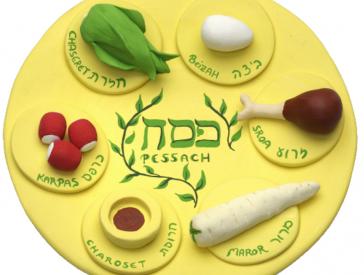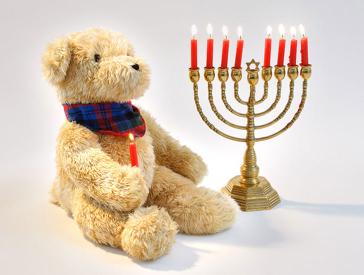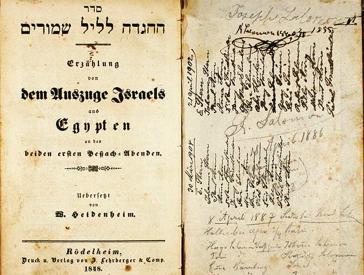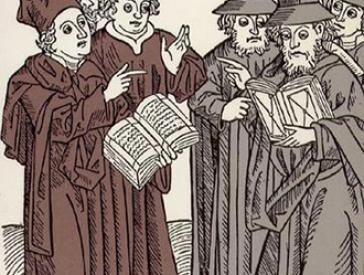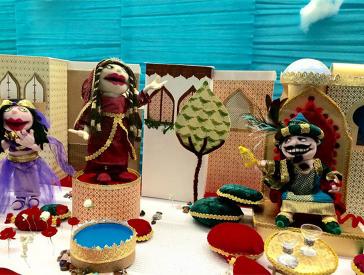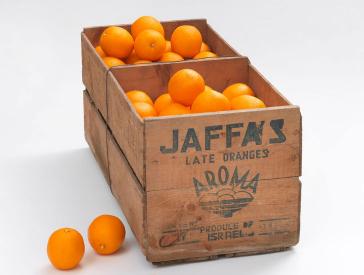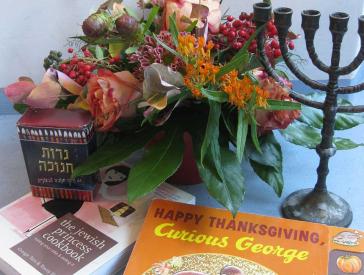The Long Night of Tikkun
Or What We Can Learn from Loving Women
Not long ago, we happened upon the website of a group of three young Jewish women “who care about different aspects of Jewish and Israeli identity and culture and who want to experience a meaningful Jewish life in Berlin.” They call themselves Hamakom (Hebrew: ‘the place’) and support, among others, more frequent encounters between Israelis and Jewish Germans. The group’s first event is a Tikkun lel Shavuot on the topic of “Women & Love,” the title clearly stating the theme of the evening.
The event follows the tradition of studying and discussing specific Biblical texts and their interpretations on the night before Shavuot. This choice of topic reveals the meaning the holiday has in the discursive process of self-reflection.
Shavuot begins this year on the eve of 14 May and ends two days later. It is a holiday of unusually multifaceted significance, and it is rediscovered and redefined by every generation anew. Originally, the holiday celebrated the beginning of the harvest season, which included a pilgrimage to the Jerusalem Temple. Pilgrims brought their first fruit and two loaves of wheat-bread to the temple. In the Talmud, Shavuot is conceived of as the festival on which the population of Israel received the Torah. In preparation of this donation, the holiday is also described as an Atzeret, a joyous assembly, which involves a night of communal thinking and debating. Tikkun lel Shavuot, as this nightly symposium is called in Hebrew, means literally: ‘The betterment during the night of the Feast of Weeks.’ It was first mentioned in the kabbalistic Zohar-book and gained importance in the 16th century.
 X
X
Jakob Steinhardt, Illustration to the Book of Ruth, 1955-1959, woodcut; Jewish Museum Berlin, accession VAR 95/10/370, gift of Josefa Bar-On Steinhardt, Nahariya, Israel
The Jewish understanding of collective studying and discussing differs from that of the Greeks; Tikkun lel Shavuot mainly revolves around reading the Hebrew Bible, the Talmud and the Zohar. Whoever associates the word ‘symposium’ with platonic dialogue and a banquet, misunderstands the character of the nightly assembly, but participates in a larger trend: over the past decades, the spectrum of the Tikkun was extended to such a degree that this tradition is now followed in Jewish progressive circles, and even in secular ones.
This development might be traceable to, among others, the Biblical story of Ruth, which is read on Shavuot. As emphasized by the theme of the Tikkun lel Shavuot in Berlin, the story tells of female solidarity. In the center of the book are Naomi, an Israelite woman, and her daughter-in-law Ruth, who is a Moabite. After Naomi’s son – Ruth’s husband – dies, she follows her mother-in-law with the words:
“for whither thou goest, I will go; and where thou lodgest, I will lodge; thy people shall be my people, and thy G-d my G-d” (Ruth 1:16).
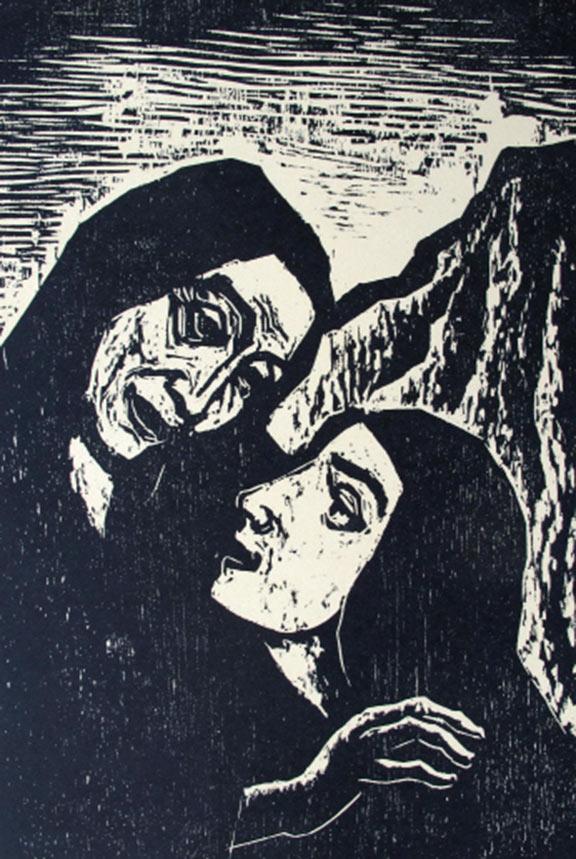 X
X
Jakob Steinhardt, Ruth and Noemi, graphic prints from the Biblical Woodcuts portfolio; Jewish Museum Berlin, accession 2013/73/4, gift of Josefa Bar-On Steinhardt, Nahariya, Israel
The Israeli artist Adi Nes has dedicated a work to this story that is part of a cycle of biblical figures. Naomi and Ruth are shown here while collecting leftover onions in the poor area south of Tel Aviv, thereby being associated with marginalized groups in Israeli society.
Since Ruth, who is not Jewish, is accepted into the Israelite city Bethlehem, and King David, from whose house the Messiah is said to one day originate, is one of her descendants, the story is an example of an unusual openness toward foreigners. It would be nice if this Biblical story of female solidarity and social integration would one day spill over from the long night of Tikkun into today’s daily life.
Mirjam Wenzel and Avner Ofrath, Media
Citation recommendation:
Mirjam Wenzel, Avner Ofrath (2013), The Long Night of Tikkun. Or What We Can Learn from Loving Women.
URL: www.jmberlin.de/en/node/6995
Holidays: Old Rituals, New Customs (19)





 X
X




